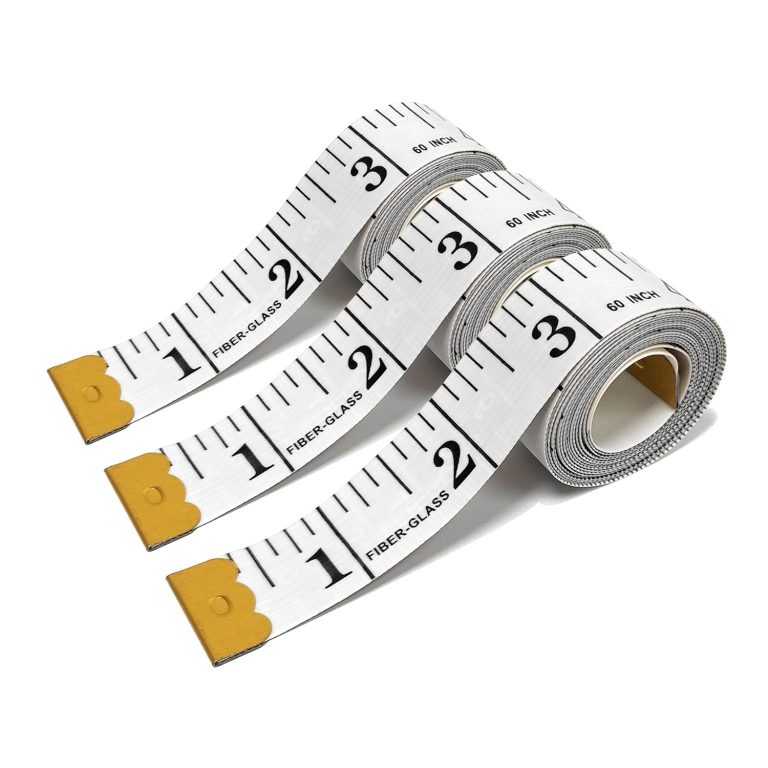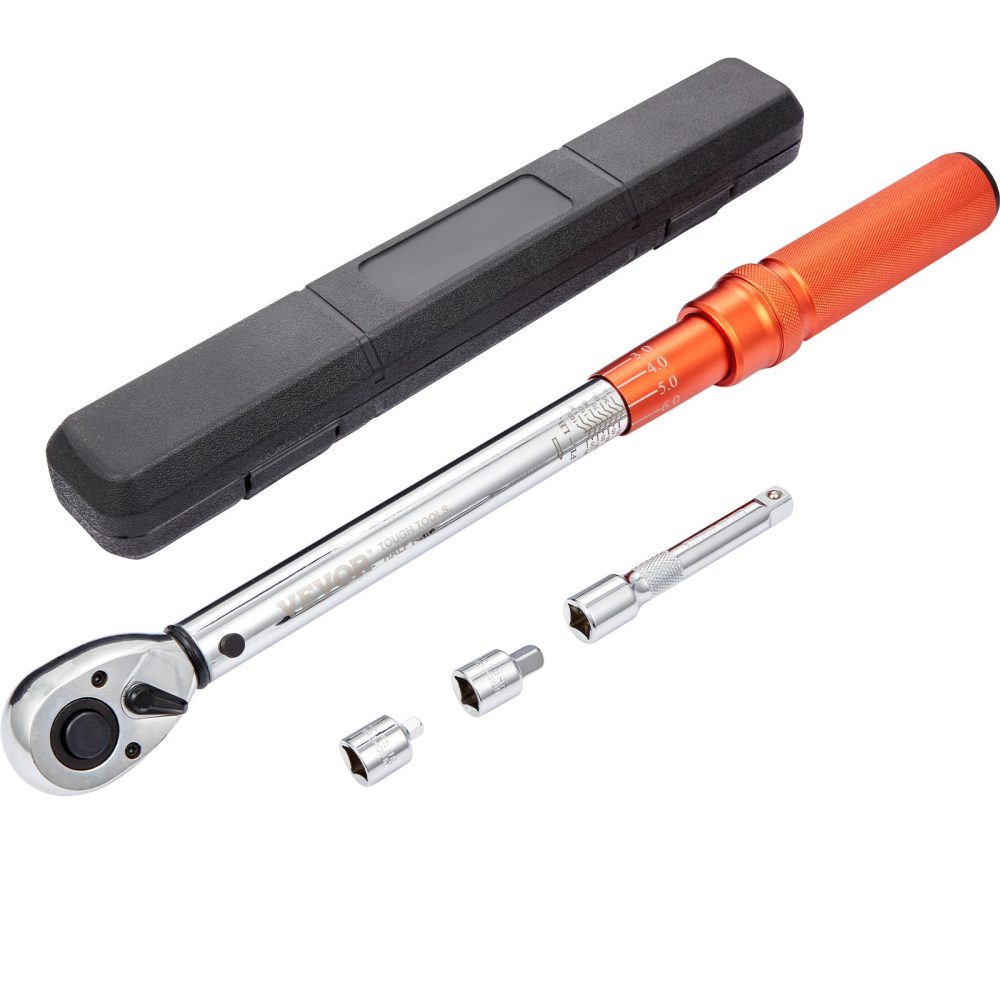
How to Use a Torque Wrench: Accurate Torque Application
In the world of automotive repairs and mechanical projects, precision is paramount. Whether you’re tightening lug nuts on your vehicle or assembling intricate machinery, knowing how to use a torque wrench correctly ensures that bolts are tightened to the manufacturer’s specifications. This not only guarantees the safety and longevity of your projects but also prevents potential damage caused by over-tightening or under-tightening. This comprehensive guide will walk you through everything you need to know about using a torque wrench, from understanding its types and features to mastering the proper techniques and maintenance practices.
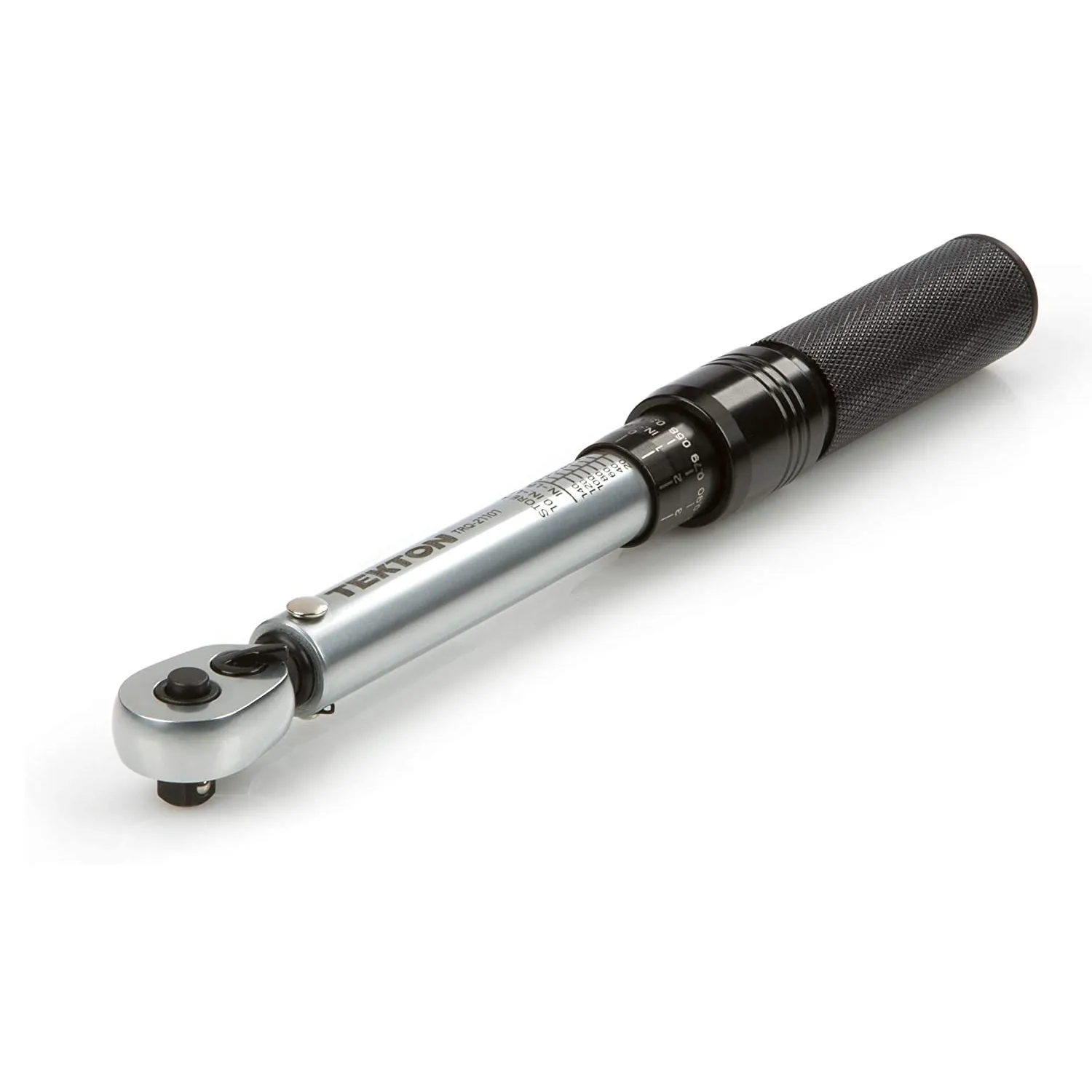 What Is a Torque Wrench?
What Is a Torque Wrench?
A torque wrench is an essential tool for tightening bolts and nuts to precise levels. It helps ensure components are neither under-tightened nor over-tightened. This precision is crucial in maintaining safety, performance, and reliability in different assemblies.
Definition and Purpose
A torque wrench is a tool designed to apply a specific amount of force, known as torque. Mechanics and engineers use it to ensure correct bolt tension in various applications. Using a torque wrench prevents over-tightening, which can damage parts or strip threads. It also prevents under-tightening, which could lead to loose or unsafe connections. This tool is vital for maintaining structural integrity in diverse industries.
Types of Torque Wrenches
Torque wrenches come in several types, each suited for specific tasks:
- Beam Torque Wrench: A simple and affordable option with a scale to measure torque.
- Click Torque Wrench: Produces a click sound when the set torque value is reached.
- Digital Torque Wrench: Uses electronic displays for precise torque measurement.
- Split Beam Torque Wrench: Durable and highly accurate, ideal for heavy-duty use.
- Slip Torque Wrench: Prevents over-tightening by slipping once the desired torque is applied.
Choosing the right type depends on your needs, such as budget, accuracy, and application.
Why Is Using a Torque Wrench Important?
A torque wrench is more than just a tool—it’s a safety and precision instrument. Proper use helps prevent damage, avoids mechanical failures, and ensures long-term performance of equipment. Understanding its importance is crucial for any professional or DIY enthusiast.
Preventing Over-Tightening or Loosening
Over-tightening a bolt can cause parts to break, threads to strip, or materials to deform. On the other hand, under-tightening leaves connections loose, which can lead to mechanical failures. A torque wrench helps you achieve the exact force needed. This precision gives you peace of mind and reduces costly repairs.
In industries like automotive and construction, securing nuts and bolts correctly is critical. Incorrect force can compromise structural integrity, leading to accidents or increased wear and tear.
Ensuring Safety and Performance
Safety is a top priority when assembling mechanical systems. Using a torque wrench guarantees that bolts are secure and components are aligned properly. This helps eliminate risks caused by loose or over-stressed connections.
Performance also depends on correct torque application. For example, an engine assembly relies on exact torque to prevent leaks and maintain smooth operation. Many industries demand accuracy to meet quality and safety standards. By using a torque wrench, you ensure reliability, extend the life of parts, and maintain optimal system performance.
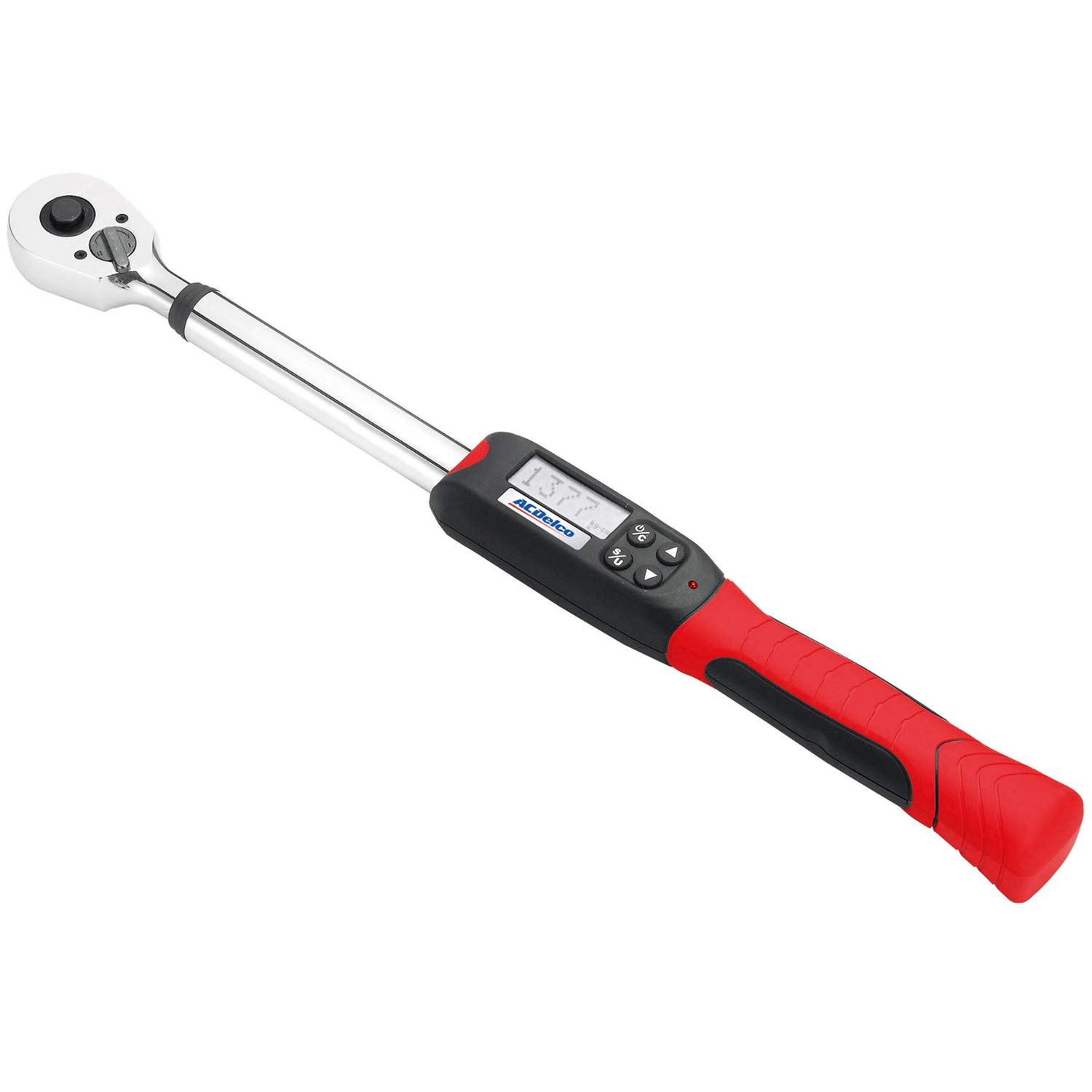 Preparations Before Using a Torque Wrench
Preparations Before Using a Torque Wrench
Before you begin using a torque wrench, you must take a few crucial steps. These steps ensure accuracy, protect equipment, and prevent costly mistakes. Proper preparation contributes significantly to ease of operation and reliable results.
Selecting the Correct Torque Wrench
Choosing the right torque wrench depends on your specific task. Different types suit different needs:
- Beam Torque Wrench: Ideal for simple tasks and affordable.
- Click Torque Wrench: Best for general use and produces a clear click sound.
- Digital Torque Wrench: Perfect for high accuracy and easy readings.
- Split Beam Torque Wrench: Suitable for heavy-duty, highly accurate tasks.
- Slip Torque Wrench: Prevents over-tightening, making it safe for delicate jobs.
Consider the torque range the task requires. Match this range to the wrench’s capabilities. Also, think about the working environment. For example, digital wrenches work well in workshops but may not suit rough outdoor conditions.
Finally, ensure the wrench fits the bolts or nuts. Using the wrong size can strip threads or cause errors.
Understanding Torque Specifications and Settings
Torque specifications are critical for accurate tightening. These values are usually provided by manufacturers. Check the manual or engineering documents to find the correct torque setting.
Use a wrench with a clear scale for easy adjustments. For digital wrenches, input the exact value. Always double-check your settings before starting.
Avoid guessing the torque value. Incorrect settings may lead to under-tightening or over-tightening. Both errors can damage parts and compromise safety.
Learning how to read and interpret torque charts can also be helpful. These charts show recommended torque values based on bolt size and material.
By choosing the right wrench and understanding torque specifications, you can handle tasks easily and safely.
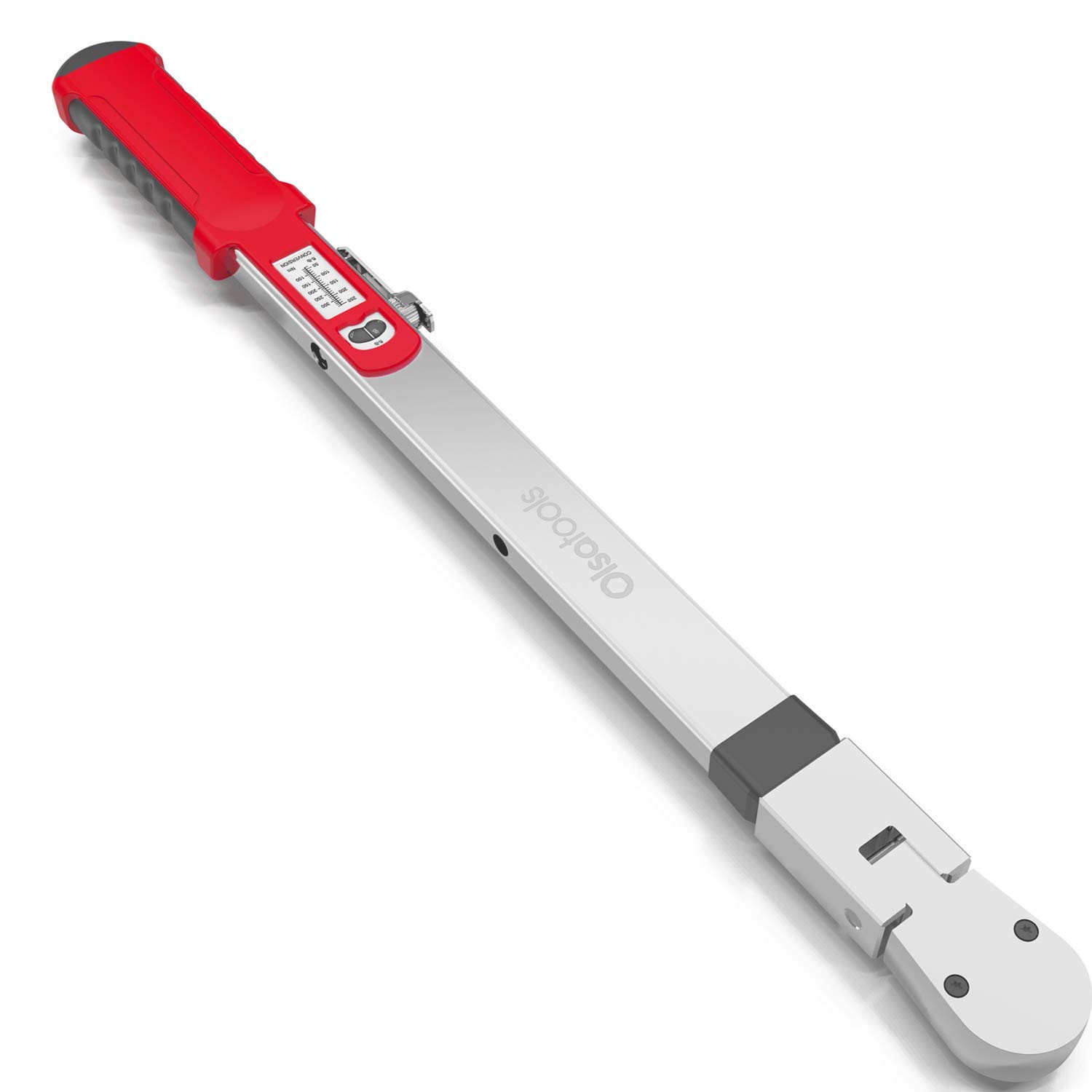 How to Use a Torque Wrench Step-by-Step
How to Use a Torque Wrench Step-by-Step
How to use a torque wrench? Using a torque wrench accurately is key for precise and safe tightening. Follow these steps to ensure success.
Setting the Desired Torque Value
- Check manufacturer’s specifications: Find torque values in manuals or engineering documents.
- Adjust the wrench: Set the torque value using the scale or digital display.
- Double-check the settings: Confirm the adjusted value before you start working.
- Lock the setting: Secure the adjustment knob to prevent accidental changes while using the wrench.
Proper Positioning and Handling
- Place the wrench correctly: Ensure the wrench is fully seated on the bolt or nut.
- Use consistent hand pressure: Grip the handle firmly and balance your force.
- Align your body: Position yourself in line with the wrench for steady movement.
- Avoid bending forces: Keep the wrench handle straight to maintain torque accuracy.
Applying Torque Correctly
- Turn slowly and evenly: Apply force gradually; avoid sudden movements.
- Watch for indicators: Listen for clicks or check readings to know you’ve hit the target.
- Stop immediately: Release pressure once the desired torque is achieved.
- Recheck if necessary: Review the connection and confirm tightness using the wrench.
By adhering to these step-by-step instructions, you ensure safe and precise tightening of bolts. Proper use reduces errors and enhances reliability, whether you’re working in automotive, construction, or maintenance tasks.
Common Mistakes to Avoid
Using a torque wrench correctly is crucial for safety and precision. Avoid these mistakes to ensure reliable results.
Over-Exceeding the Torque Limit
Exceeding the torque limit can damage parts. It can strip threads or deform the bolt. Always check the manufacturer’s torque limits before starting. Use the wrench slowly and stop once the desired torque value is reached. Never apply excessive force to the wrench handle.
Improper Calibration
An uncalibrated wrench leads to inaccurate torque application. This can cause loose or over-tightened connections. Regular calibration ensures the wrench delivers accurate readings. Follow the calibration schedule recommended by the manufacturer. Avoid dropping or mishandling the wrench, as this affects its accuracy.
Using the Wrong Type of Wrench
Not all torque wrenches are suitable for every task. Using the wrong type can result in errors or damage. Choose a torque wrench based on your job’s specific needs. For example, digital wrenches are ideal for precision, while click wrenches work well for general use. Match the wrench’s torque range to the task requirements.
Maintenance and Calibration of Torque Wrenches
Proper maintenance and calibration of torque wrenches are essential for safety and accuracy. These practices ensure your tool remains reliable and performs as expected.
Cleaning and Storing Guidelines
- Clean after each use: Remove dirt, grease, and debris with a soft cloth.
- Avoid harsh chemicals: Use mild cleaning agents to preserve the wrench’s components.
- Inspect for damage: Check for wear, cracks, or bent parts before storing.
- Store in a dry, clean place: Keep the wrench in a dedicated case to avoid exposure to moisture or dust.
- Avoid dropping the tool: Handle with care to prevent misalignment or damage.
- Protect moving parts: Lubricate joints as recommended by the manufacturer.
Proper cleaning and storage extend the lifespan of the wrench and maintain its accuracy for future use.
How Often to Calibrate
- Follow manufacturer’s schedule: Check user manuals for recommended calibration intervals.
- Calibrate annually: For general use, calibrate the wrench once a year at minimum.
- Increase frequency for heavy use: If used regularly or in critical tasks, calibrate every six months.
- Test accuracy after impacts: If dropped, calibrate immediately to ensure readings remain correct.
- Use professional services: Rely on certified technicians for accurate calibration.
Regular calibration ensures the tool applies the right torque, preventing errors and equipment damage.
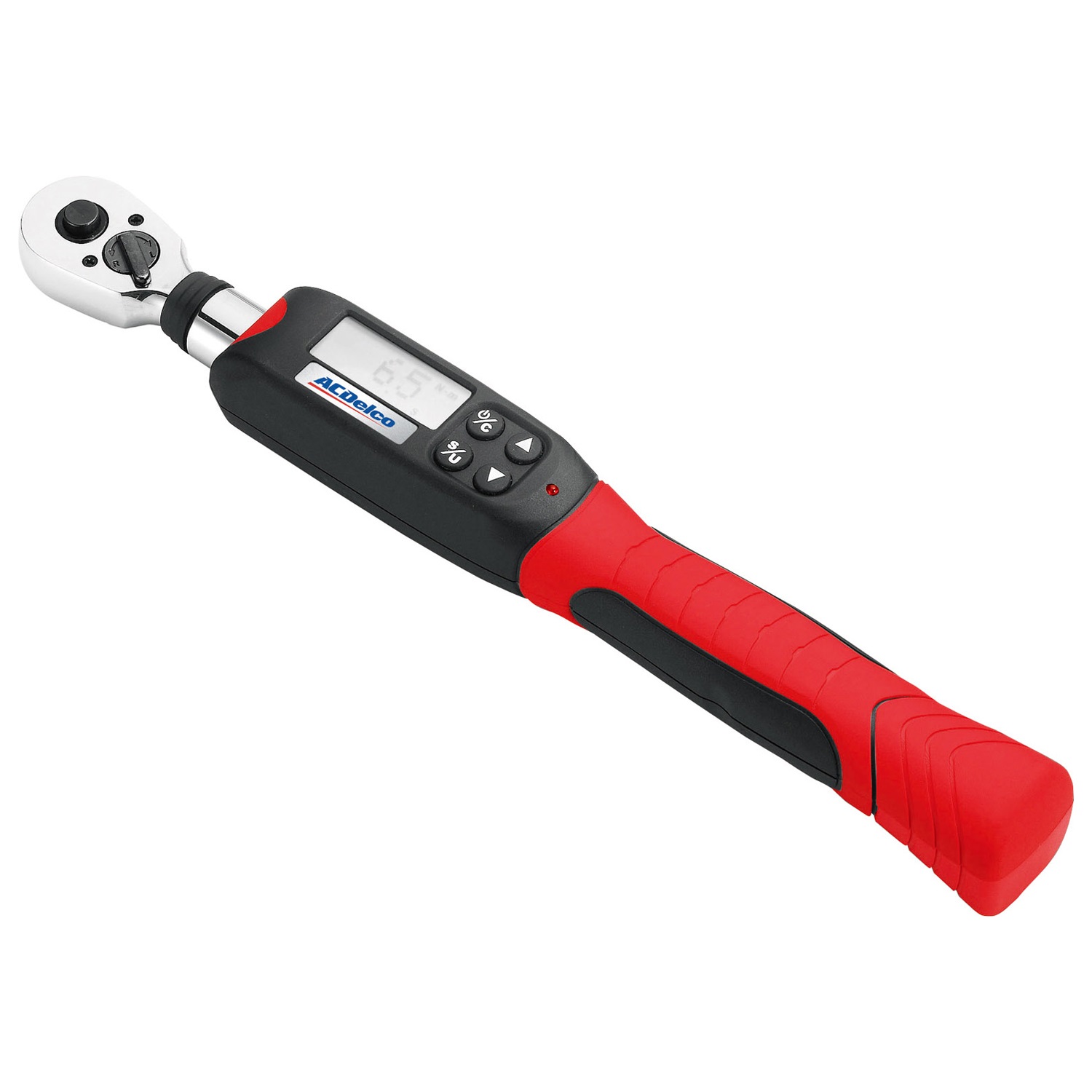 Applications of Torque Wrenches in Various Industries
Applications of Torque Wrenches in Various Industries
Torque wrenches are vital tools in several industries for achieving accurate and reliable tightening of bolts and nuts. Below are key sectors where these tools play integral roles:
Automotive Repairs
In the automotive industry, torque wrenches are essential for tasks such as engine assembly, brake system repair, and wheel bolt tightening. Proper torque application prevents loose parts or over-tightened bolts, ensuring vehicle safety and performance. Mechanics rely on these tools to maintain equipment longevity and meet industry standards. Using the right torque value avoids damage to components and guarantees seamless operation.
Construction and Engineering
Construction and engineering projects depend heavily on torque wrenches to secure bolts in structural assemblies. Bridges, steel frameworks, and machinery need exact torque levels to maintain stability and safety. Incorrectly tightened bolts can compromise structural integrity, leading to accidents or costly repairs. Torque wrenches ensure all connections are secure, supporting weight and pressure without failure.
Aircraft Maintenance
Aircraft maintenance demands precise torque application due to stringent safety regulations and high-stakes performance requirements. Torque wrenches are used to tighten critical components like engine bolts, landing gear nuts, and wing fasteners. Calibration and accuracy are non-negotiable in this industry, as even minor deviations can lead to catastrophic outcomes. Torque tools help engineers meet aviation standards while ensuring the reliability of every connection.
Torque wrenches contribute greatly to safety, efficiency, and reliability in these industries. Understanding their applications ensures professionals use this tool effectively in critical environments.
Tips for Choosing the Right Torque Wrench for Your Needs
Selecting the right torque wrench ensures precise results and long-lasting performance. Consider these aspects to make an informed choice.
Key Features to Consider
- Torque Range: Make sure the torque wrench covers the torque values you’ll need. Most wrenches have specific ranges, so match it with your task requirements.
- Accuracy: Check for tools with high accuracy levels, as they deliver precise torque application. A good wrench typically has a margin of error around ±4%.
- Durability: Opt for wrenches made of quality materials like steel or alloy. Durable tools perform better and last longer under frequent use.
- Ease of Use: Digital or click torque wrenches often feature user-friendly designs. These allow easier adjustments and readings compared to basic beam wrenches.
- Size and Compatibility: Ensure the wrench fits the bolts or nuts you need to tighten. A mismatched size can lead to stripped threads or incorrect settings.
- Indicators: Many wrenches include visual or audible indicators, like clicks or display screens. These aid in identifying when the desired torque level is reached.
- Budget: Affordable options like beam or click wrenches are great for general tasks. Consider digital wrenches if precision is crucial, even though they come at a higher price.
Popular Brands and Models
- Snap-on: Well-known for premium-quality wrenches. Their digital models offer excellent precision and durability.
- Tekton: Affordable yet reliable. Click and beam wrenches from Tekton are great for beginners and DIY users.
- CDI Torque Products: These industrial-quality wrenches are highly accurate and built for heavy-duty tasks.
- GearWrench: Known for ergonomic designs and durability. Their split-beam wrenches are user-friendly and versatile.
- Craftsman: Popular among DIY enthusiasts. Craftsman wrenches combine affordability with ease of use for light tasks.
Researching these features and reputable brands will help meet your requirements efficiently. Choosing the right torque wrench ensures safe, precise, and long-lasting performance in any task.
 Conclusion
Conclusion
In summary, understanding how to use a torque wrench is essential for anyone involved in mechanical work, automotive repairs, or construction projects. By selecting the right type of torque wrench, mastering the correct techniques, and adhering to proper maintenance practices, you can ensure the accuracy and reliability of your work. Torque wrenches not only enhance the quality of your projects but also contribute to safety and efficiency, making them indispensable tools in any professional or DIY toolkit.
Whether you’re a seasoned mechanic or a home improvement enthusiast, investing the time to learn how to use a torque wrench properly will pay dividends in the longevity and performance of your projects. Embrace the precision and control that a torque wrench offers, and experience the confidence that comes with knowing your work meets the highest standards of quality and safety. By following the guidelines outlined in this guide, you’ll be well-equipped to handle any task that requires precise torque application, ensuring successful outcomes every time.
